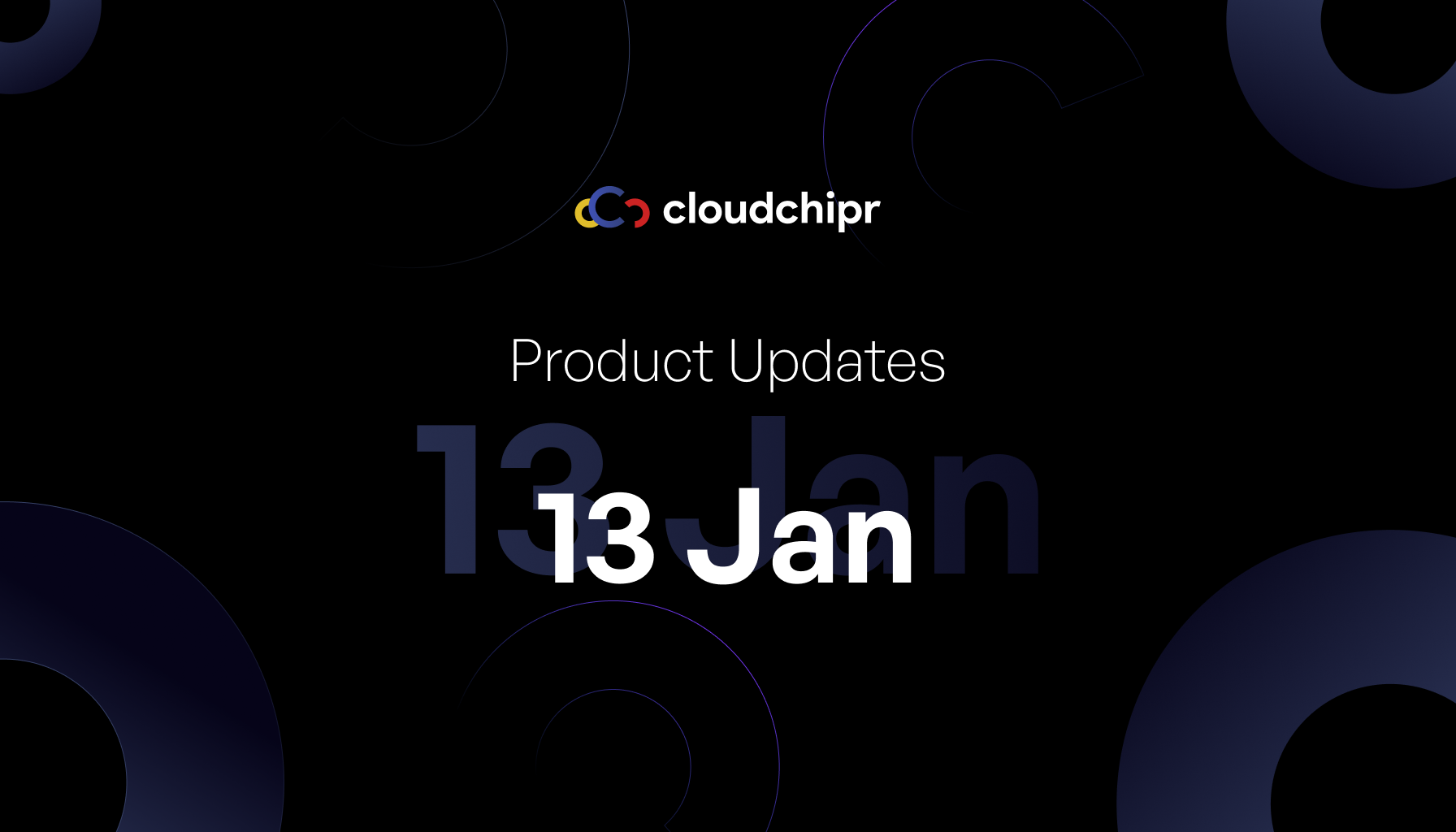Cloud costs is an engagement problem

Cloud costs are not a problem for one department or unit. First of all, it’s an engagement problem. The reason it's an engagement problem is that there are multiple stakeholders involved, each with their own approach and interests. While finance personnel prioritize lowering the bills and making the unit economics efficient, engineers are focused on efficiency, security, and reliability. So, how do we connect these completely different goals into one single strategy? Here are a few key points.
FinOps engineers work hard to engage the right stakeholders in the process. It takes a lot of time to analyse what’s going on, coordinate with everyone the problem and propose a sustainable solution. Here is a breakdown of all 3 key points.
Simplification of Analytics and Dashboards
FinOps professionals often create multiple views and dimensions to share with all stakeholders, hoping that this will trigger an automatic action on their end when something goes wrong. However, this is not the case in reality. In fact, the analytics and dashboards provided by cloud providers are often just numbers that raise more questions, and further investigation can take hours. As a result, many people deprioritize these numbers, which can lead to significant financial waste over time.
The solution to this problem is to make visualizations much simpler. For example, if you see a waste in EC2 for your department, you should be able to identify the exact resources with 1 click, and the next click should be the action to notify relevant people. Easy Visualization and 1 click notifications are a key time saver for FinOps professionals.
Establishment of Cloud Utilization and Tagging Policies
This is usually a document created by FinOps and Cloud Ops engineers highlighting the agreed Utilization and Tagging rules. Here is 1 example for each of thosesome text
- Utilization: For all development accounts, all EBS volumes, IP addresses, and Load Balancers that are not attached to any resources should be deleted after 1 day. For Production accounts, Volumes should be snapshotted and deleted after 15 days.
- Tagging: It's essential to apply tags to all resources, including User, Product, Environment, Department, and Team. To maintain good practices, it's recommended to establish a convention for the Owner, Department, Team tags to match a valid external source within the organization's workspace. For example, the Owner tag can be an email address or the Github username, the Team tag can be a Github group.
Automation of FinOps Workflows
This is the final part where we already have defined the workflows that we perform every day repetitively and we can now create automation jobs for those. For example FinOps professionals filter resources based on their utilization and send slack or email notifications to the owners. This should be easy to automate. Here are some example automated workflows that we see quite often used by our customers.some text
- Fetch all EBS volumes, IP addresses, Load Balancers that are not attached to any resource and send a slack notification that those will be deleted in 2 weeks if no protected. Check after 2 weeks and delete if not protected. The protection can be done through Cloudchipr UI.
- Fetch all RDS instances that have had 0 connections for the last 7 days and send a Slack notification to relevant teams.
- TAG resources with expiration: 24h on all R&D accounts and delete the expired resources automatically.
- Check and Stop all EC2 instances and RDS databases on Dev and R&D accounts in case the CPU utilization was less than 10% for the last 2 days. For production accounts the action can be a slack notification instead of Stop.
- Check for resources with missing mandatory TAGs and notify the stakeholders through email and Slack.
There are endless ways of automating FinOps workflows, but ultimately, FinOps experts used to automate the workflows that were the most repetitive and the most secure from the security and data integrity point of view.
Summary
One of the biggest challenges in managing cloud costs is getting everyone involved and ensuring that the process is both user-friendly and secure. While analytics and visualization are important aspects of it, they are only one piece of the puzzle. To truly succeed, it's important to agree around a cloud cost hygiene/policy that all teams should follow. Next comes implementing automated workflows to enforce the agreed policies. Ans sure, you have to make sure that you and your team are using the right tool across the organization. Cloudchipr is one of the best tools in the market which is oriented on all 3 aspects - Visualization, Actions, and Automation Workflows.
It’s free to try: SignUp at https://app.cloudchipr.com


.png)
